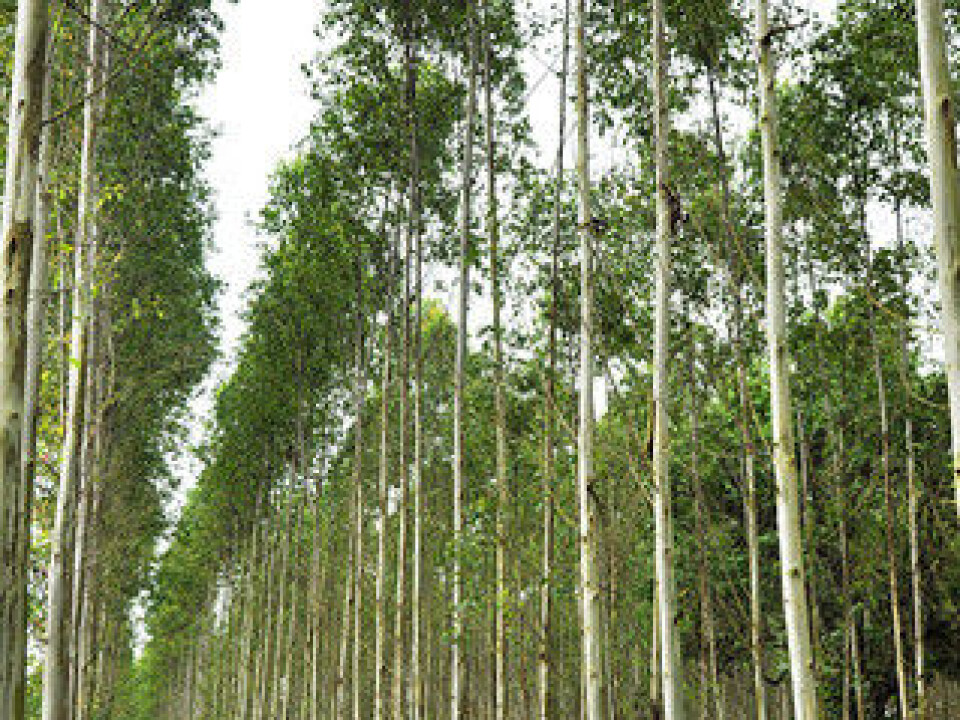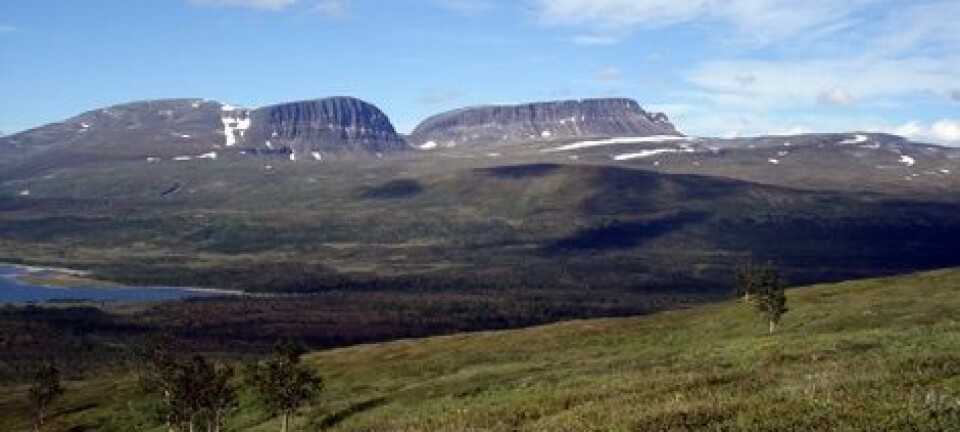
Tree physics determine leaf size
Danish Harvard researcher has found a link between the height of trees and the limit to how large or small their leaves can get.
Leaves do not grow indefinitely. At a certain point they reach a given size and then stop growing.
So far scientists have not known why this is so.
Now a Danish researcher at Harvard University has found out what determines the limit of how large leaves can grow.
It turns out that the height of the tree is the determining factor.

“We have studied 2,000 different types of trees and found a link between the tree’s height and how large or small their leaves can get,” says biophysicist Kaare Hartvig Jensen, who works as a postdoc at Harvard.
“For instance, a ten-metre tall tree can have leaves that range between one millimetre and one metre in length. A 100-metre tall tree can only have leaves that range between 10 and 20 centimetres in length.”
The discovery is published in the journal Physical Review Letters.
Physics limit leaf size
The link between the size of the tree and the leaves, the new theory states, is associated with the flow of energy-rich sugars in the trees’ vascular system.
That’s why 100-metre tall trees have a lower leaf size limit of 10 cm, while 10-metre tall trees with less resistance in the trunk can make do with tiny leaves of around a millimetre.
All the sugar is produced in the tree’s leaves. It then flows out to the other parts of the tree, such as the trunk and the roots, each of which consumes around a third of the tree’s combined sugar production.
When the tree transports sugar through the leaves and the trunk, some physical factors come into play.
”The tree’s vascular network contains two forms of resistance – one in the trunk and one in the leaf. The trunk’s resistance is directly proportional to the height, while the leaf’s resistance is inversely proportional to the length of the leaf,” explains Jensen.
Simply stated, this means that the taller the tree, the more energy is needed to transport the sugar around the tree. For the leaf, on the other hand, the longer it gets, the less the resistance, and the faster it can transport the sugar down to the trunk.
Taller trees have more uniform leaf sizes
Jensen used these physical factors to create a physical model of the limits to the leaf size at a given tree size.
For trees that are e.g. 100 metres tall, it doesn’t make sense for the tree to produce leaves longer than 20 cm.
Longer leaves would not increase the efficiency and the speed of the sugar transport as the tall tree’s resistance in the trunk sets the limit for the transport speed and efficiency.
A ten-metre tree has a lot less resistance in the trunk, which is why it’s useful for these trees to carry leaves that are up to a metre in length, as they provide great transport efficiency.
The lower size limits of leaves
The same physical properties apply at the other end of the size spectrum.
Here, leaf size needs to be sufficiently large for the strength of its pumping mechanism to make a difference in relation to the trunk resistance.
If the leaf is too small, the sugar simply travels too slowly around the tree.
”That’s why 100-metre tall trees have a lower leaf size limit of 10 cm, while 10-metre tall trees with less resistance in the trunk can make do with tiny leaves of around a millimetre.”
Tree’s maximum height also determined by physics
The curves for maximum and minimum leaf size converge as trees grow taller.
This could well be the reason why trees cannot grow beyond a certain height.
Jensen’s formula predicts that at exactly 106 metres, close to the height of the tallest trees, these curves cross. According to the theory, if a tree were taller than this, no leaf size could meet its vascular requirements.
The tallest trees with ‘real’ leaves are eucalyptus trees. They can grow up to 100-110 metres high with leaves between 10 and 30 cm.
-----------------------------
Read the Danish version of this article at videnskab.dk
Translated by: Dann Vinther









